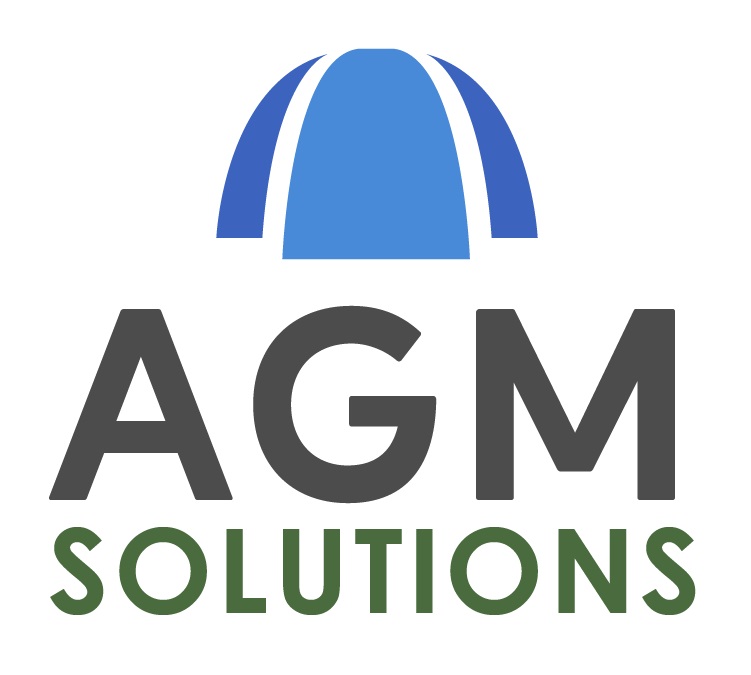Singapore Standard SS 586:2008 Hazard Communication for Hazardous Chemicals and Dangerous Goods
Part 1: Transport and Storage of Dangerous Goods
Part 2: Globally Harmonised System of Classification and Labelling of Chemicals (GHS) - Singapore's adaptations
Part 3: Preparation of Safety Data Sheets (SDS)
The SS 586 series of standards is the result of the revision of SS 286 : 1984, ‘Caution labelling for hazardous substances’ (5 parts) and CP 98 : 2003, ‘Preparation and use of Material Safety Data Sheets (MSDS)’.
The Specification for hazard communication for hazardous chemicals and dangerous goods comprises the following three parts, which are complementary to one another:
Part 1 : Transport and storage of dangerous goods,
Part 2 : Globally harmonised system of classification and labelling of chemicals – Singapore’s adaptations, and
Part 3 : Preparation of Safety Data Sheets (SDS).
SS 586 : Part 1 provides information and guidance on the classification of dangerous goods by the types of hazards they present. It also provides information on standard hazard communication labels. This part applies to the storage and transportation of dangerous goods by road in Singapore, which includes carriages in bulk, tank-vehicles, vehicles with demountable tanks as well as by vehicles carrying dangerous goods in packages. The transportation of dangerous goods by sea and air is subject to the requirements of International Maritime Organisation (IMO) and International Air Transport Association (IATA) / International Civil Aviation Organisation (ICAO) respectively and is not covered in this standard.
SS 586 : Parts 2 and 3 provide guidance for the implementation of the Globally Harmonised System of Classification and Labelling of Chemicals (GHS) and Preparation of Safety Data Sheets in Singapore.
GHS is an international system for the classification of chemicals by the types of hazards they present. It provides information on standard hazard communication elements including labels and SDS. The GHS helps to ensure that information on physical hazards, health hazards and environmental hazards from chemicals is made available, in order to enhance the protection of human health and the environment during the handling, transport, and use of these chemicals. The GHS also provides for the global harmonisation of rules and regulations on the classification, labelling and SDS of chemicals.
Time frame for SS 586 Implementation:
Manufacturers & Suppliers: 2 years for single substances till end 2010; 4 years for mixtures till end 2012
End users: 3 years for single substances till end 2011; 5 years for mixtures till end 2013
Transport Emergency Information Panels: 2 years for replacement of existing SS286 compliant transport emergency information panels till end 2010
If you want to learn more about Globally Harmonized System of Classification and Labelling of Chemicals (GHS), click on the link below:
http://www.unece.org/trans/danger/publi/ghs/ghs_rev02/02files_e.html
Friday, October 24, 2008
Singapore Standard SS 586:2008 Hazard Communication for Hazardous Chemicals and Dangerous Goods
Tuesday, October 21, 2008
Revised WSH (Registration of Factories) Regulations to effect new Factory Notification Scheme
From 1 November 2008, the new WSH (Registration of Factories) Regulations 2008 will come into operation.
The new Regulations puts into effect a new factory notification scheme announced by Acting Minister for Manpower. The new scheme will replace the Factory Registration system for 66% of factories.
Two main features of the scheme are:
The new Regulations puts into effect a new factory notification scheme announced by Acting Minister for Manpower. The new scheme will replace the Factory Registration system for 66% of factories.
Two main features of the scheme are:
- To strengthen the management of workplace risksUnder this new scheme, employers will have to declare that they have implemented Risk Management (RM) in the workplaces before they can commence work. This new declaration makes it necessary for employers to be even more actively involved in ensuring the implementation of RM.
- To streamline the registration process to a free one-time notification effortThe registration process has been streamlined significantly. Instead of registering every one or two years, the notification will be a one-time effort which is easily done online. As a result, there are significant savings in administrative costs, which will be passed on to the industry.
Factory notification will be free of charge. Nearly 14,000 registered factories with lower risk activities will immediately benefit from the changes, with annual savings of $3.5 million.
At the moment, this scheme will not be implemented for higher risk factories. They are construction worksites, shipyards, metalworking companies, wafer fabrication, petrochemical, chemical and pharmaceutical plants. These higher risk factories will continue to be governed by the existing factory registration system while MOM reviews the process. Consultation with these factories on proposed changes will be carried out next year.
Subscribe to:
Posts (Atom)

